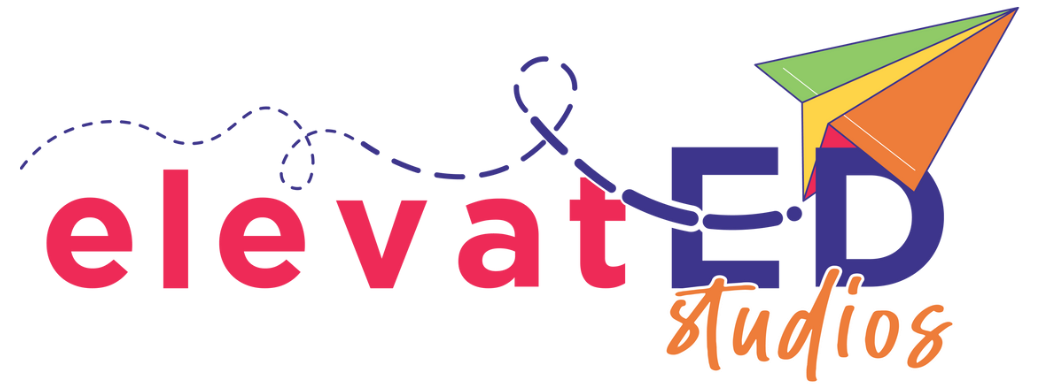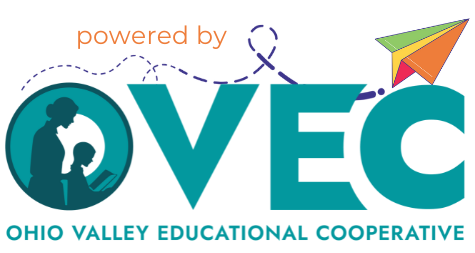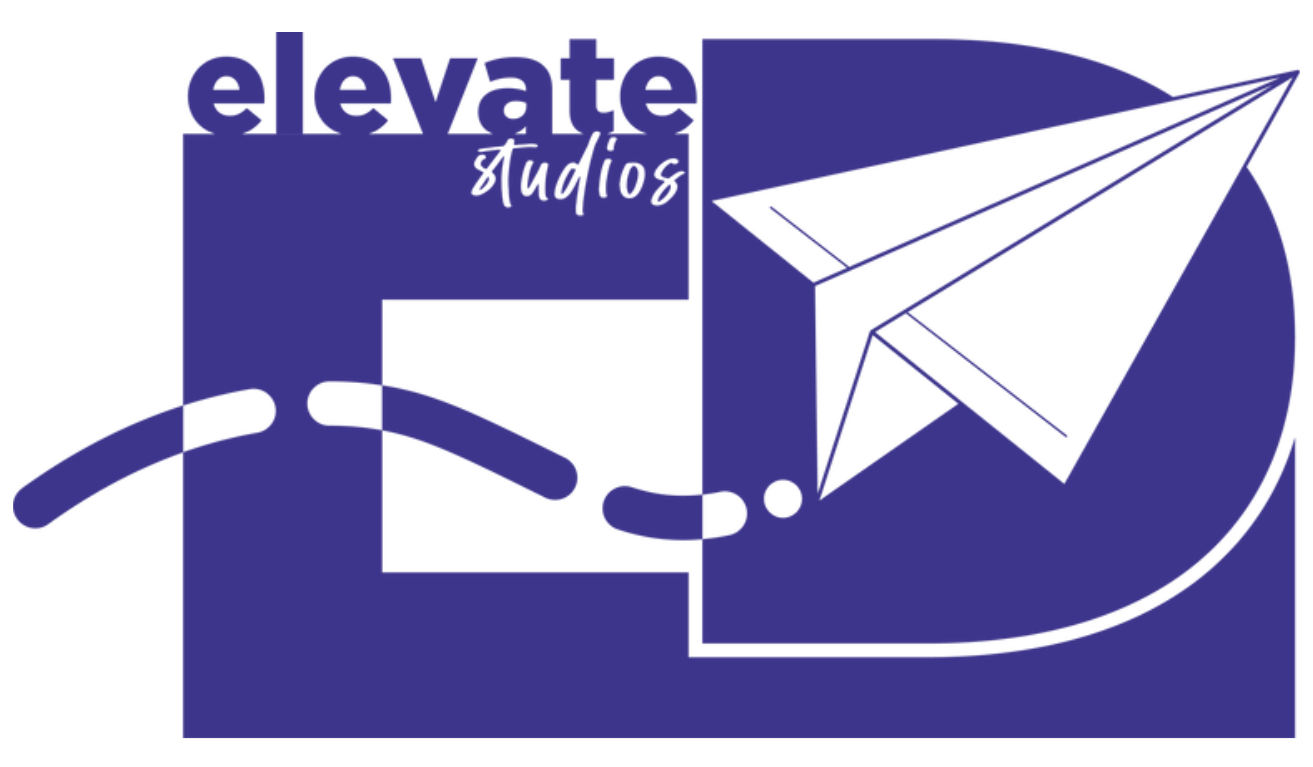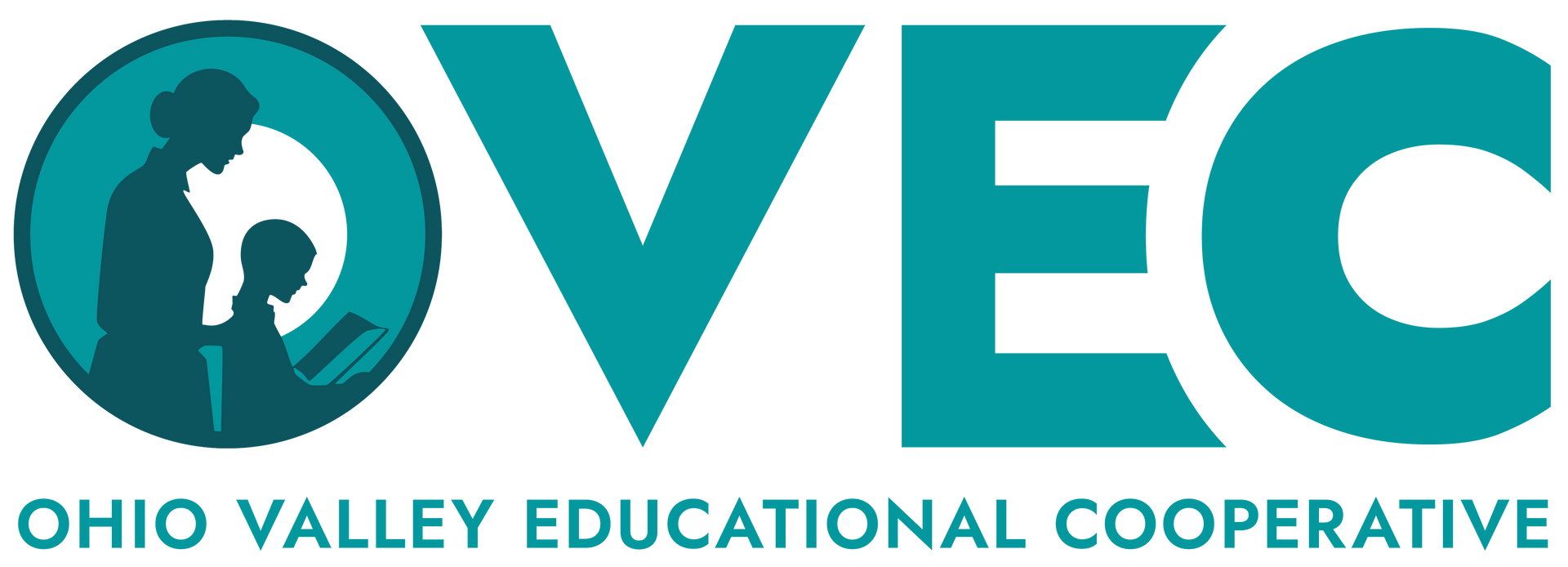
This week in CONNECTIONS:
WHAT DOES OUR USE OF TIME SAY ABOUT OUR PRIORITIES? We've identified the essential knowledge and skills our students need and the meaningful learning experiences that will help them achieve those outcomes. But do our daily actions truly align with these priorities?
Join us this week as we reflect on the words of John Wooden: “Never mistake activity for achievement.”
BRINGING HQIRs TO LIFE FOR LEARNERS | Find out how Anchorage teacher Melissa Durham used her HQIR to immerse her students in learning that was both student-owned and student-led - learning they are sure to remember! This and more in HAPPENING IN THE FIELD.
REIMAGINING TIME, TEACHING AND TECHNOLOGY | From rethinking school schedules and boosting student agency to leveraging AI, these upcoming opportunities will challenge the status quo and spark new ideas. Join us for hands-on learning, fresh insights, and real solutions to transform education.
🔹 Beyond the Bell – Rethink school schedules (March 6)
🔹 Classroom Routines & Student Agency – Building agency through simple shifts to daily routines (April 17)
🔹 AI for KY Educators – Call for speakers! 🚀 Launching June 4!
Learn more about each of these opportunities in WHAT’S ON DECK!
Never Mistake Activity for Achievement.
— John Wooden
Educators are busy. Our to-do lists are long, our schedules are packed, and by the end of the day, it can be hard to even articulate what we accomplished. The mix of tasks we juggle—responding to emails, attending meetings, handling unexpected challenges—might seem incoherent to anyone who hasn’t spent time in a school.
But the real question is: Are we spending our time on the right work?
Are we intentionally creating meaningful learning experiences and pathways for students—or would we struggle to explain how today’s work moved us closer to that goal?
Measuring Effort vs. Impact
Schools and districts across the country are thoughtfully reflecting on the student experience. Many have developed graduate or learner profiles, articulating the skills and dispositions students need to thrive. We know that achieving those outcomes requires more than just activity; it demands a redesigned student experience—one that is authentic, meaningful, and vibrant.
Yet, when we examine how time is spent in schools, are we prioritizing the work that will truly lead to these outcomes? Whether planning the PLC agenda or working on a new local accountability dashboard, we have to ask ourselves how the work is impacting the student experience.
The Role of Teachers in Designing Learning—And the Time to Do It
We expect teachers to design the learning experiences that will shape students’ futures. But when do they have time to collaborate, refine, and innovate? Are we building in opportunities for them to share ideas and iterate on lessons? Or are we expecting them to do this vital work on their own time, squeezed between grading, answering emails, and completing other routine but required tasks?
HOW MIGHT WE…
Some are finding creative solutions for providing teachers with additional time and space to plan and innovate throughout the school day -
Mountain View High School | Mountain View HS is thinking differently about how time is used for both students and adults. Because Mountain View’s school leadership recognizes that planning for interdisciplinary deeper and personalized learning requires time, the schedule provides for daily collaborative team planning time and individual planning time. More details here.
Smith Junior High | Here, students have two electives periods each day, during which they engage in engineering, performing arts, visual arts and more. During this time, core educator team members engage in planning time and meetings. One period is typically devoted to multi-tiered systems of support: analyzing student data, running interventions, and working with special educators and the MLL specialist to ensure all educator team members are equipped with the strategies necessary to support all learners. The other period is a planning period during which educators may plan upcoming lessons, reach out to families, or work together to prepare an upcoming unit. Importantly, educators elected to work with larger rosters of students during A block and B block in order to free up this additional planning time. Find example schedules and more details here.
Other Possibilities?
A structured Design Thinking session can be a great way to generate fresh thinking. You’ll find a two examples below.
Innovation Residency | New teachers participate in an Embedded Innovation Residency, where professional learning happens in real-time, alongside their students. Teachers work in cross-disciplinary teams to design, implement, and refine innovative learning experiences, such as project-based units or inquiry driven lessons. Each team is paired with a learning designer or external expert who provides on-the-spot coaching and feedback. New teachers document their progress through learning journals and share their reflections in biweekly Showcase Huddles—small gatherings where teams present their experiments, challenges, and insights.
Studio Weeks | To explore collaboration, teachers participate in “Studio Weeks.” These are immersive, week-long experiences where teams co-teach and experiment with new strategies in flexible learning environments. During this time, traditional schedules are adjusted to allow teachers to observe, plan, and teach alongside one another, blending their expertise to design and refine innovative practices in real-time.
For example, a math and science team might co-design a “Data Detectives” unit, where students analyze real-world environmental data to propose solutions to local water quality issues. This structure creates space for teams to explore new approaches together.
Systems Produce the Results They’re Designed For
W. Edwards Deming famously said, “Every system is perfectly designed to get the results it does.” If we’re grappling with teacher burnout, student disengagement, achievement gaps, or something else, could it be that—despite our best intentions—we are unintentionally contributing to the very challenges we seek to solve?
We don’t have a shortage of activity. But if we want to transform student learning, we must ensure that our time—and our teachers’ time—is spent on what matters most.
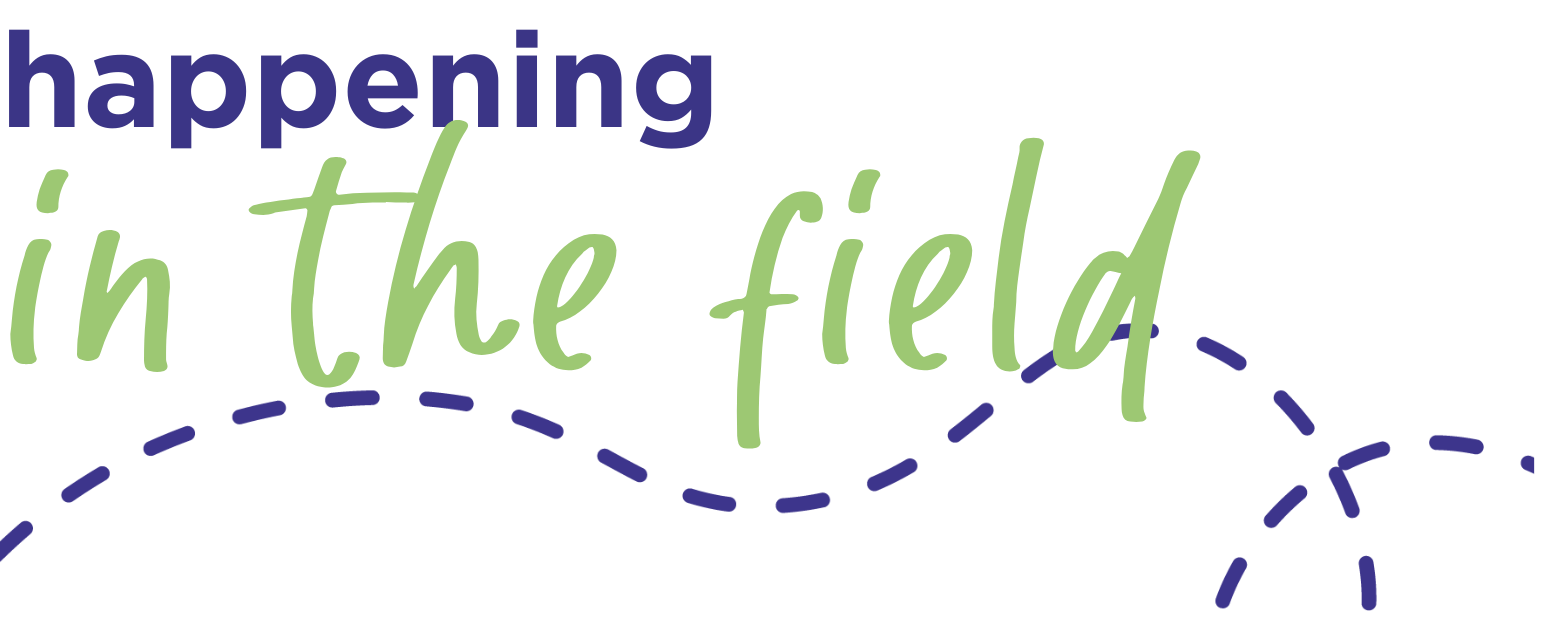
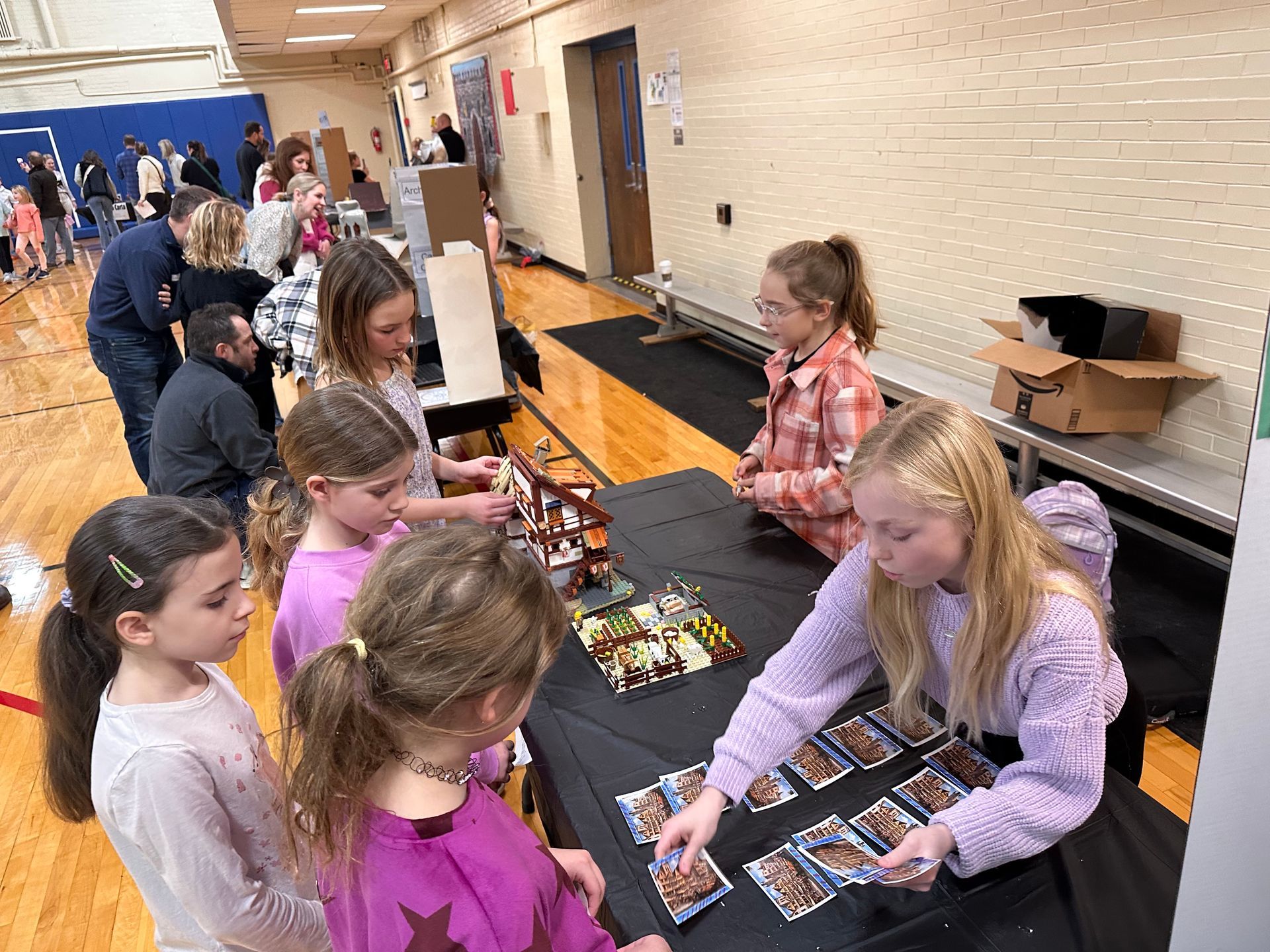
BRINGING HQIRs TO LIFE FOR LEARNERS! Anchorage teacher Melissa Durham’s students taught their families and peers about their chosen Middle Ages topic they learned about in their ELA unit, then tested their audience’s mastery with a student-designed game.
Learners and families reflected on the journey as learning they will both remember. Students loved being empowered to make choices about what to dig deeper into and designing meaningful ways for their audiences to engage with the content. Families remarked that they loved seeing their kids excited about learning. One even shared, “I hope this is a tradition that is here to stay.”
VIRTUAL TUTORING | A recent study by John’s Hopkins University show that high quality virtual tutoring is making a big difference for struggling learners. Read the full article here.
MATH: BLENDING THE BEST OF INQUIRY & I DO, WE DO, YOU DO
| Direct instruction or inquiry? There’s an important place for both. Learn more in this recent article from
Edutopia: Inquiry-based Learning: An Instructional Approach that Boosts Student Confidence in Math.

BEYOND THE BELL: RETHINKING SECONDARY SCHEDULES | | March 6 | 9:00-3:00 pm EST | Tired of the 7-period day? What would your students say? Is that schedule working for your teachers? During this special Design Studio, we’ll explore entry points, prototypes, and rapid design cycles to find new ways to use and organize time so that our students are truly equipped for the world today. Register here!
HOW MIGHT WE RETHINK TEACHER-LED CLASSROOM ROUTINES TO INSPIRE STUDENT AGENCY? | April 17 | 9:00-3:00 pm EST | Join us this spring to learn how even the simplest of classroom routines can cultivate agency in your students. Register here!
REQUEST FOR PROPOSALS | **THIS IS GOING TO BE BIG!**
We are seeking dynamic, engaging speakers and presenters for AI for Kentucky Educators: Launch 2025! This premier event kicks off a yearlong series that will equip educators with cutting-edge AI tools and strategies to enhance teaching and learning.
If you have innovative insights, practical solutions, or research-backed approaches for AI integration in education, we invite you to submit a proposal.
📅 **Event Date:** June 4, 2025
📍 **Location:** Shelbyville Conference Center, KY
🎯 **Audience:** Teachers, librarians, administrators, and education leaders
**Topics of Interest:**
✅ AI-powered teaching tools
✅ Ethical AI use in education
✅ AI for personalized learning
✅ Time-saving AI strategies for educators
📩 Submit your proposal today!**
Questions? Contact Adam Watson at awatson@ovec.org.
Let’s shape the future of AI in education—together! 🚀 Learn more and register here!

WHAT MIGHT THE NEXT STEPS BE FOR YOUR CLASSROOM, SCHOOL OR DISTRICT?
Whether looking for ways to bring your Profile to life, rethinking the way we use time, finding simple shifts to create a different - and much more meaningful and memorable - learning experience, we’d love to be your design partners.
Not sure what your next steps need to be? We can help with that too! Contact us at elevatED studios!
IN CASE YOU MISSED THEM:
Designing Learning that Matters: A Series of Simple Shifts | CONNECTIONS NO. 11
Breaking the Bell: Thinking Differently About Time | CONNECTIONS NO. 12
Questions for Reflection in the New Year: What’s a Diploma Worth? | CONNECTIONS NO. 13
Why Student Agency Matters and How to Build It | CONNECTIONS NO. 14
Innovate, Iterate, Inspire: Transformation through R&D | CONNECTIONS NO. 15
